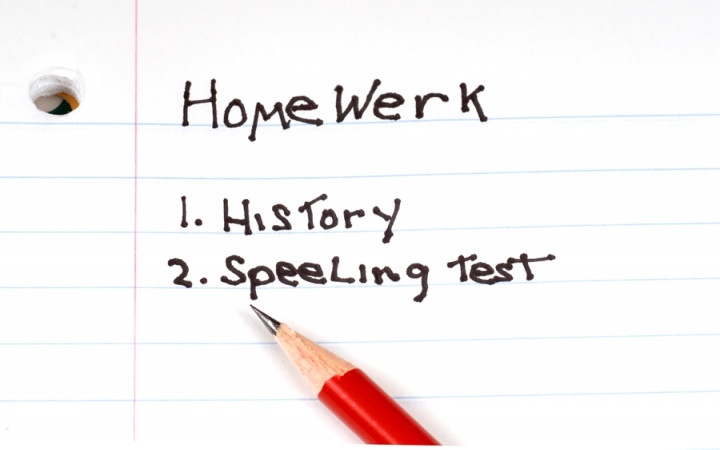Today’s Wonder of the Day was inspired by jace. jace Wonders, “does your brain autocorrect” Thanks for WONDERing with us, jace!
Do you send text messages? Or do you ever use a word processor on the computer to write stories or poems? If you do either of these, you've probably noticed how today's modern technology takes over at times to keep us from making mistakes.
For example, when you're texting or typing, your phone or computer will realize when you accidentally type “cna" instead of “can" and it'll usually fix it for you without you having to do anything. It's a neat feature of modern technology that goes by various names, such as AutoCorrect or text replacement.
This cool feature helps us to work faster and more efficiently by correcting little errors along the way. It also helps the end user who has to read what we text or type. Believe it or not, though, your brain has had this feature built into it since you were born!
That's right! Your brain is an incredible tool that can hold more information and do more things than any piece of modern technology in the world today. You might be impressed by the computer on your desk or in the palm of your hand, but those machines don't even come close to the incredible machine that sits atop your shoulders!
If you find that hard to believe, just give it a shot. Here is a brief sentence that has intentional misspellings. Can you read it?
- Tihs is a smaple snetecne to tset yuor brian's abiltiy to corrcet mitskaes!
We bet you could read it, couldn't you? See? Your brain helped you to read the sentence — despite the misspellings — so you could understand it even without AutoCorrect!
So how does your brain do this? And how does it do it so easily? You didn't even have to think about the misspellings and figure them out, did you? Your brain just did it automatically.
Scientists believe that the brain's ability to make sense out of misspelled words — and to do so automatically and so quickly — stems from the fact that most proficient readers don't read words one letter at a time. Instead, most readers recognize entire words at once by seeing the first and last letters of the word and combining that information with other important information, such as the length, shape and content of the word.
So, as long as the first and last letters are correct and the other letters that make up the word are there — even if they're mixed up — our brains can make sense of them quickly. This allows us to read quickly and efficiently without getting slowed down or tripped up by misspellings.
Our brains do this in about a dozen different areas of the brain. Most of it occurs in the left hemisphere, which is why people with exceptional written language skills are sometimes referred to as “left brain" thinkers.




